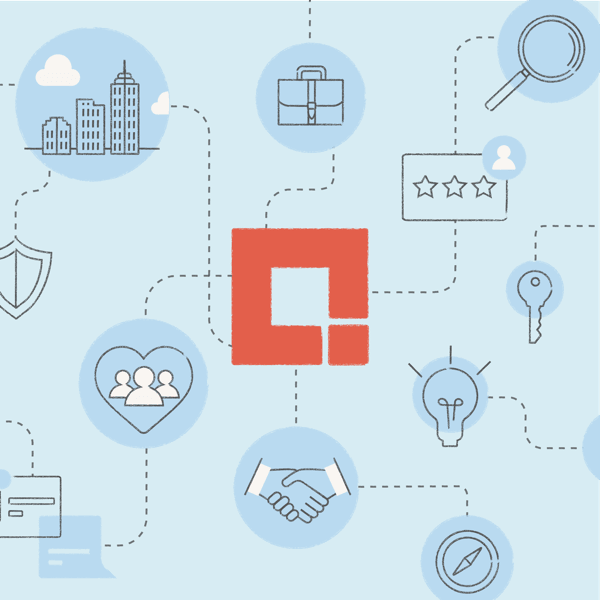
As part of an upcoming project, I have been doing some research and coding trying to understand some of the various methods of integrating Java into a PHP environment. We can categorize the methods into three basic areas: The use of Web Services, utilizing a VM Bridge, and Direct Calling. We also take a look at another alternative, which is running PHP in a Java Environment. I will briefly describe the features of each method, giving those looking for such tools some insight as to what may best fit their application.
Web Services
Since there are many various forms of web services, I have focused my research on two commonly accepted methods.
SOAP (have a working prototype available)
Uses direct calls of Java functions via Java web service from within PHP
Can maintain independent Java & PHP environments
Uses Apache AXIS / AXIS 2 framework, but can be adapted for other web service platforms
SOAP is built into PHP5, but there are popular third party modules for older versions of PHP
Have the ability to use normal Java classes then auto-generate the service and a client with JUnit tests from within Eclipse JEE
Features an optional online management interface in AXIS2 to disable, enable, or monitor services as needed
Java RESTful Web Service with Jersey using JSON passing (have a working prototype available)
Can maintain independent Java & PHP environments
Requires more coding on the PHP side with independent requests to individual methods and handling JSON objects
JSON is built into PHP5 but may require third party libraries for older versions
Requires more coding on Java side with annotations and passing JSON objects; not plain Java objects
There are many libraries available for RESTful Service in Java, Jersey is only used as a reference
Is the slowest tested method due to slow http requests in PHP (1/5 second per call)
Can be optimized if only a single http request is required per page
VM Bridge. A bridge uses “continuation passing” to invoke procedures/methods from each environment maintaining their individual properties.
php-java-bridge.sourceforge.net (have a working prototype available)
Can maintain independent Java & PHP environments
Much faster than methods implemented above. (In my tests: 2-3x that of SOAP, 10x that of rest services with multiple requests) (Authors claim: 50x improvement over SOAP/XML-RPC)
Uses a VM Bridge XML Network Protocol behind the scenes to communicate with remote or local JVM running a Java app, or Java servlet
Have the ability to program regular Java classes
Can directly call Java functions in PHP (Works with apache or IIS)
Listed as the only free alternative to Web Services/XML-RPC
Zend Platform PHP Java Bridge
Similar to the above product but a commercial package bundled as part of the Zend Platform.
Offers a similar API as the above product.
http://www.zend.com/en/products/platform/product-comparison/Java-bridge
Direct Calling
By far the simplest method for using Java in PHP, it can load java classes directly and call its methods. This is not without its drawbacks however.
Direct Java calling within PHP5
This is an experimental feature of PHP5
Authors say to use at own risk
Running PHP in a Java Environment. The methods described below attempt to emulate a specific PHP version entirely in Java. This has the potential of being very fast and easy, however may not meet integration requirements.
Caucho Resin J2EE Application Server with PHP Integration
Runs PHP scripts fast (claim a 6x improvement in speed over apache with PHP)
The entire PHP implementation is built in Java
Not entirely all features of PHP have been implemented, may have issues with multi-threading
Requires only one server and environment
Have the ability to use regular Java classes
May have to adapt current PHP code for a Java environment
Is a good way to transition developers from PHP to Java
Tomcat PHP Java Servlet SAPI
Enables the entire PHP processor to be run as a servlet
PHP has a habit of changing the working directory and may not be able to load any classes from the relative CLASSPATH
Requires only one server and environment
Have the ability to use regular Java classes
PHP version 5 is not currently supported
May have to adapt current PHP code for a Java environment
For more information on any of the above methodologies or to request sample code, please don’t hesitate to contact me at: dtalk@credera.com
Contact Us
Let's talk!
We're ready to help turn your biggest challenges into your biggest advantages.
Searching for a new career?
View job openings